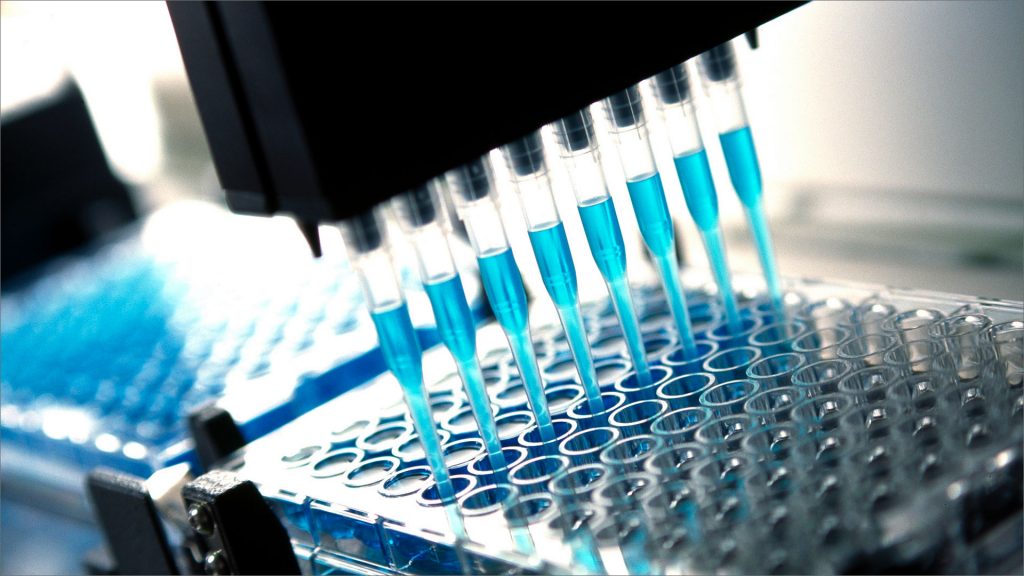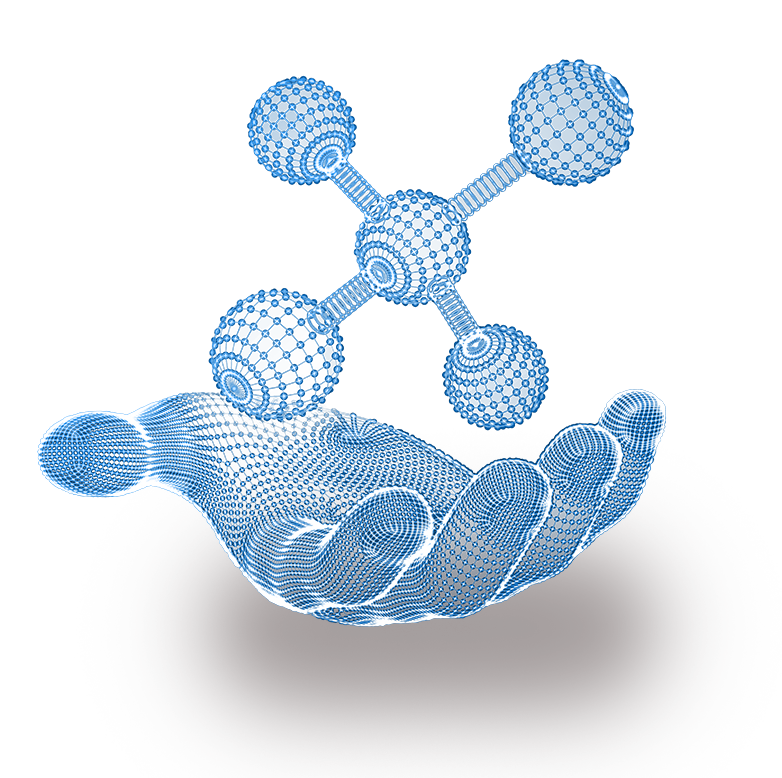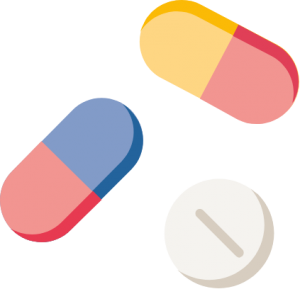

Internal
development
Following inception, Aptys pharma® initially acquired formulation patents from the biopharmaceutical laboratory of the University of Clermont-Ferrand. The company’s role is to work in the design of formulations and methods and to transfer the resulting technology or product licence to pharmaceutical and biotechnology companies. The company also develops technologies and innovative products for its own account.
Main technologies and products transferred:
- In 2003, we transferred to Ardana Bioscience the technology licences for BiGel®, Fizapt® and Adhapt®.
- In 2005, we transferred to Bioalliance Pharma the Lauriad® technology for Loramyc® / Oravig®, an innovative pharmaceutical formulation for the treatment of oropharyngeal candidiasis.
- In 2014, we sold to Viramal Ltd Testocream®, a unique cream based on the Bigel® technology for treating hypogonadism.
In 2013, Aptys pharma®, within the Analgesia Partnership framework, launched the development of Metapain®, a new patent-protected combination of two well-known analgesics, as an alternative to weak opioids.
En 2017, we signed a partnership agreement with Unither Pharmaceuticals to co-develop Metapain®.
Preformulation
In addition to the classic preformulation offers including forced degradation or compatibility studies, Aptys pharma® is in a position to propose two innovative technologies, SoluDiag® and NanoSolution® to its clients, to improve the bioavailability of low solubility molecules. These two technologies were designed on the confirmed observation that 40% of new molecules have solubility and/or bioavailability issues.
Both technologies are based on the same client requirement, especially for biotech companies, to allow the quick testing of several different conditions with a minimum amount of raw material.
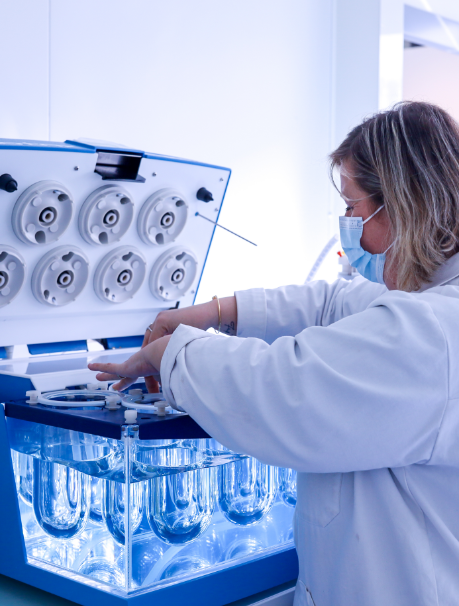

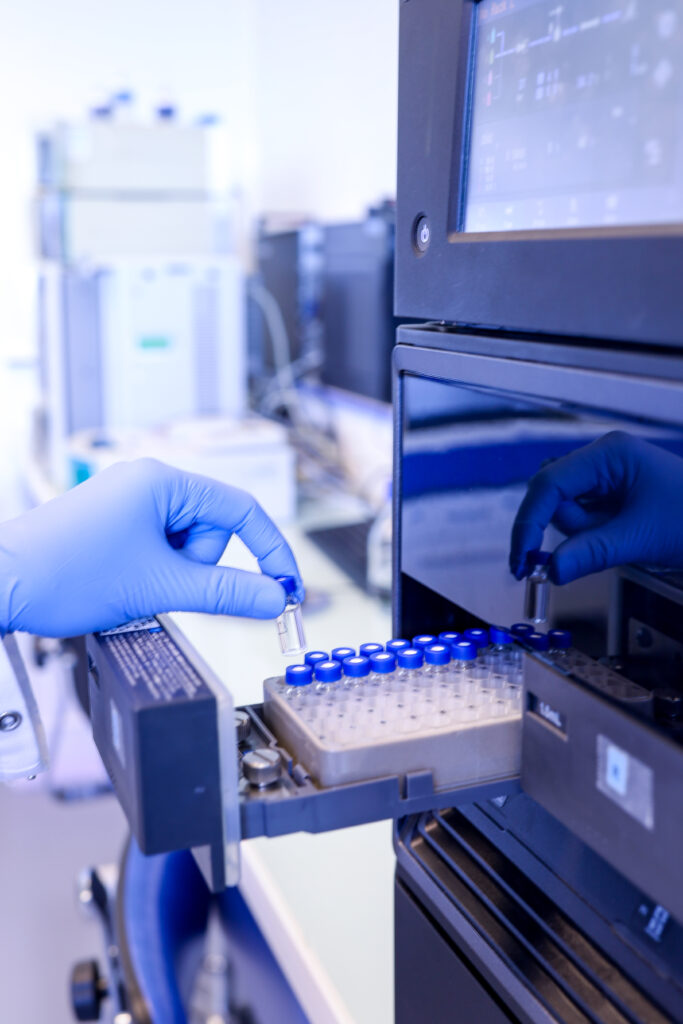
Two innovative technologies
Soludiag®
A quick way to test the solubility of active ingredients in up to 20 different solvent and co-solvent conditions. The quantities of raw material required for these first tests can be in the order of a hundred milligrams. The technology is based on transmittance.
NANOSOLUTION®
A quick way to test the nanonisation of powders in up to 40 different formulations. The quantities of raw material required for these first tests can be in the order of just a few grams. The technology is based on ball milling with a dual-rotation centrifuge.
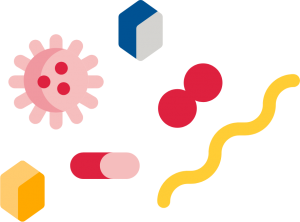
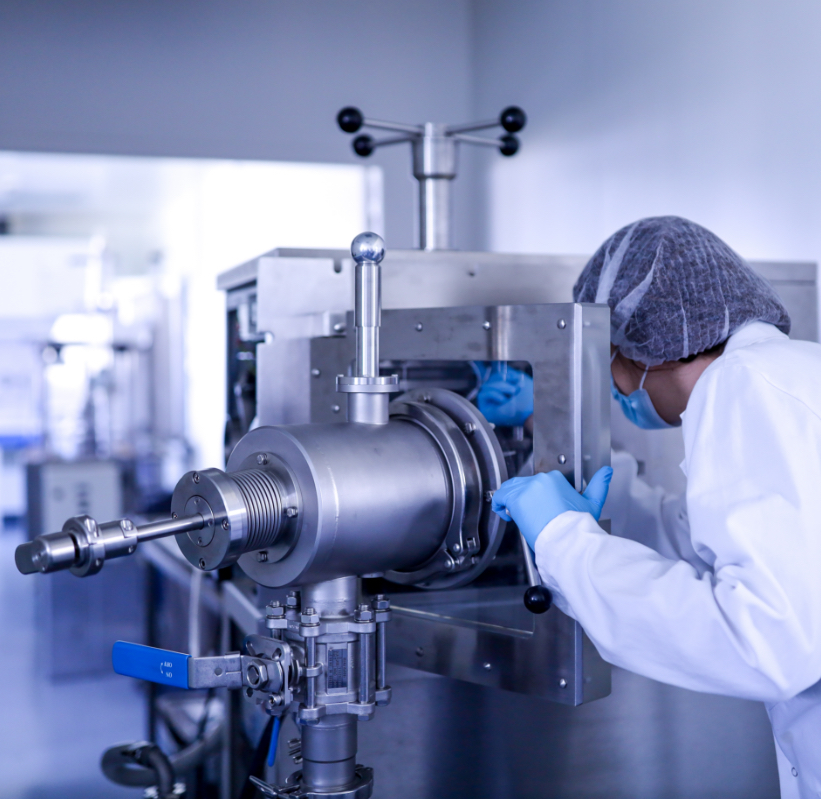
Formulation
design
Formulation design is historically the heart of our business at Aptys pharma®. Our formulation design laboratory is equipped to design every type of formulation, such as tablet press, fluid bed, granulator, freeze drier, dual centrifuge, cell dispersion, homogenisers and mixers plus testing equipment (sieves, polarised light microscope, halogen moisture analyser, viscosity meter, hardness tester, friability tester, tap density tester, disintegration meter, pH tester, particle size analyser).
We
are
flexible!
And our laboratories are equipped with isolators for handling toxic active substances such as peptides and hormones.
The company has already developed immediate and controlled release tablets and granules, injectable microspheres, microcapsules, gels, creams, solutions, and suspensions.
Aptys pharma® is, above all, capable of rapidly designing and preparing formulations for pre-regulatory pharmacological trials, a usual start point for our biotech customers.

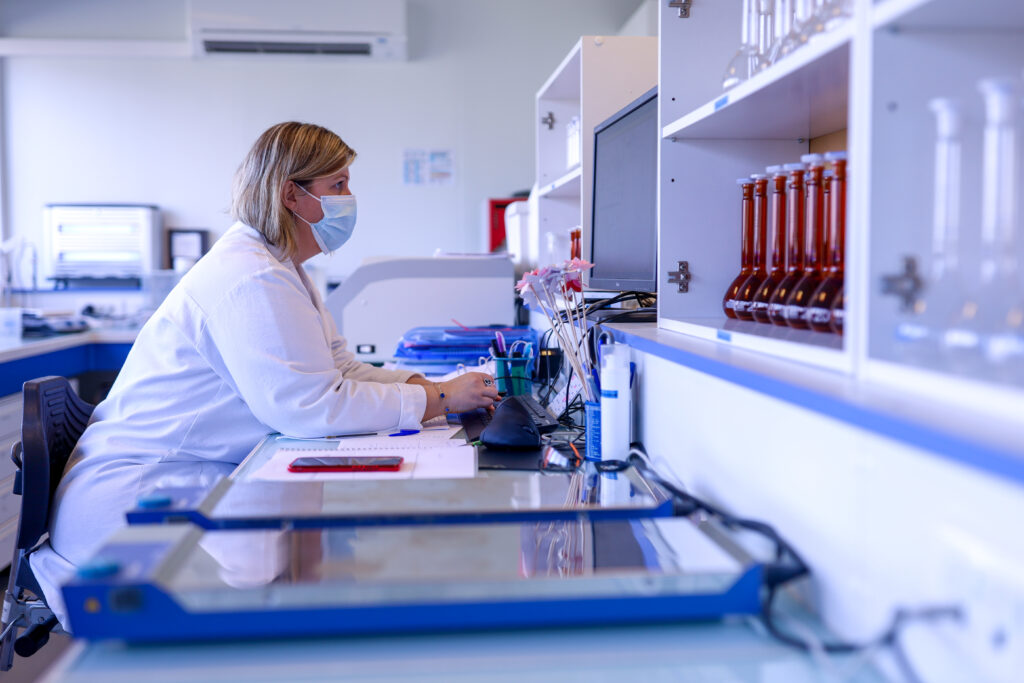
Development and
analytical validation
Aptys pharma®’s laboratory is GMP compliant and WHO accredited and fully equipped with all the material necessary to conduct analytical validation, such as High-performance liquid chromatography (HPLC, UPLC), Thin layer chromatography (TLC), UV & IR spectrophotometry and dissolution apparatus (USP1, 2, 4).
Our personnel develop methods (HPLC, UPLC, spectroscopy, burette) and in-vitro dissolution methods for clients and in support of our formulation design laboratory. Once developed, the methods can then be validated and transferred.
These methods are validated according to Société Française des Sciences et Techniques Pharmaceutiques (SFSTP) recommendations. Data is subject to ICH Q2(R1) processing procedures. Our IT systems have been validated to 21 CFR part 11 standards.
Aptys pharma® has developed and validated numerous methods of assay, purity and in-vitro dissolution of tablets, capsules, microspheres, solutions, suspensions, creams, generic molecules, new chemical entities, peptides, and hormones.
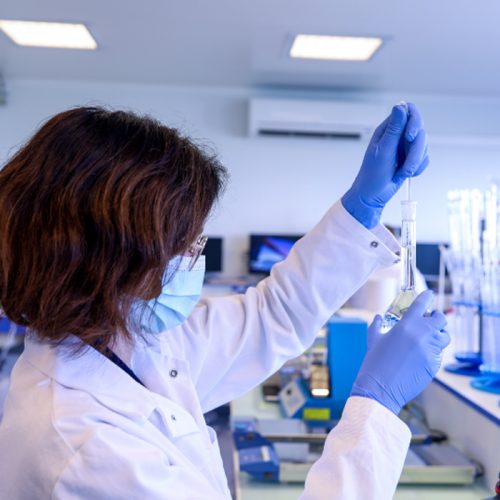
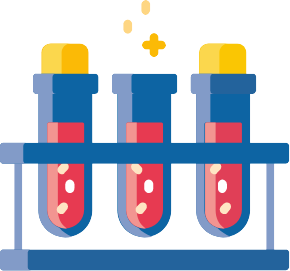
Quality control and stability studies
Aptys pharma®’s analytical laboratory is both GMP compliant and WHO accredited. It is comprehensively fitted out with the necessary equipment for the quality control of raw ingredients, medicines and stability studies that include High-Performance Liquid Chromatography (HPLC, UPLC), Thin Layer Chromatography (TLC), UV and IR Spectroscopy, dissolution testing apparatus (USP1, 2, 4), ICH stability-controlled chambers (25°C/60% RH, 30°C/65%RH, 40°C/75% RH, 5°C, -20°C). The laboratory’s equipment is accredited, and its IT systems have been validated to 21 CFR part 1 standards.
QC covers the following aspects:
- The appearance, solubility, average mass, mass uniformity, hardness, friability, disintegration, pH, density, extractable volume, average volume, water content (coulometric titration), loss on drying, residual humidity, sulphuric and total ash;
- Identification by liquid and thin layer chromatography, UV and IR spectrophotometry, colorimetry testing;
- Assay and uniformity of dosage of active substances and preservatives by HPLC, UPLC, UV and IR spectrophotometry and potentiometry;
- Assay of related substances by HPLC, UPLC and TLC;
- Dissolution;
- Microbiology and sterility, which are subcontracted.
Aptys pharma® carries out quality control and stability studies on tablets, capsules, microspheres, solutions, suspensions, creams, generic molecules, new chemical entities, peptides, and hormones.
